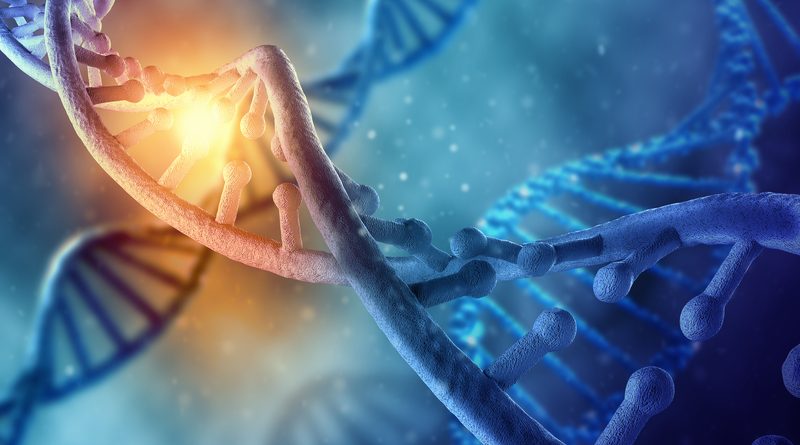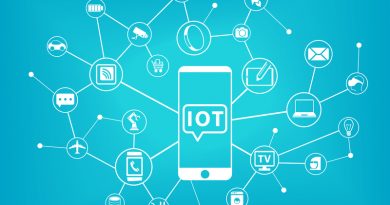4 Ways Medical Technology Identifies Cancer
In cancer detection, a common tool for medical specialists is the examination of stained slides of tissue using a microscope. What if an artificial intelligence (AI) could spot cancer on those slides with nearly 100 percent accuracy? This may become a reality soon. Two techniques that enable computer intelligence to perform feats like this are neural networks and deep learning. Massive databases and new techniques of training AI have also contributed to recent breakthroughs in AI cancer detection.
Neural Networks
One of the most exciting developments in machine learning is the use of neural networks. Based on the structure of the human brain, neural networks include many processors operating at the same time and sharing information. This means that artificial intelligence can recognize patterns and apply them to real-world problems. Deep learning is also made possible by the neural network.
Deep Learning
With the ability to achieve deep learning, a computer can learn from mistakes and modify its output. Each level of a neural network gives weight and value to input and passes that information on to other nodes in the network. Combined with a nearly unlimited data set and the ability to see more than the human eye, this could eventually give artificial intelligence the ability to find patterns and anomalies that humans would otherwise miss.
Virtually Unlimited Database
Artificial intelligence can recognize patterns in specific images by comparing the scan images to a database of similar images. Once the neural network is set up, it’s possible to expose an AI to hundreds of thousands of similar images. The computer’s speed and skill in pattern recognition both increase exponentially as more data is continually added.
Computer Training
An artificial intelligence is trained by giving it a massive amount of input, along with the correct output for each entry. After running this information through the neural network, the AI develops a close imitation of the human thought process. When the computer is able to receive inputs and produce the correct outputs a high percentage of the time, it becomes useful in the identification of cancer cells.
The Future of AI Cancer Detection
In recent tests, an AI was able to distinguish the type of cancer in every one of 13,000 pathology slides showing cancerous cells. Images of bladder, breast and lung cancers were used, and the AI also achieved more than 90 percent accuracy in determining the cancer sub-categories.
Computer programs and AI that can recognize patterns are finding a niche as cancer diagnostic tools. Recently, the FDA approved programs to help doctors diagnose strokes and broken wrists. Medical researchers are hopeful that artificial intelligence will continue to assist in identifying cancer as well. The next breakthrough will be diagnosing it in the early stages when it’s most treatable.




Pingback: How Do Concussions Affect Men and Women Differently? – Falstaff Enterprises
Pingback: Keep in Mind How Opioids Affect Your Brain – Falstaff Enterprises